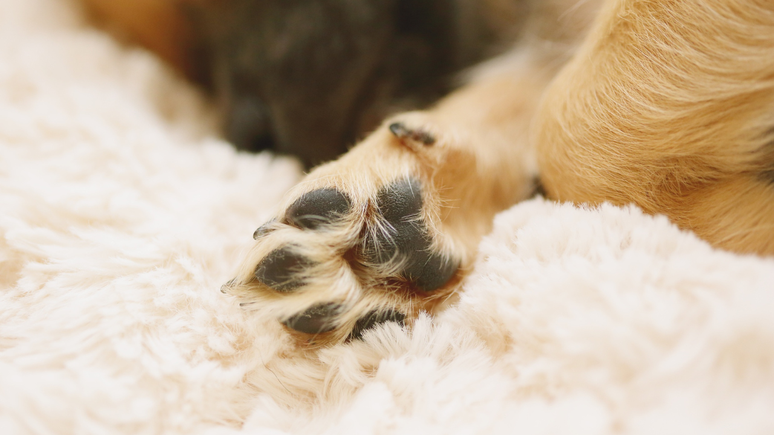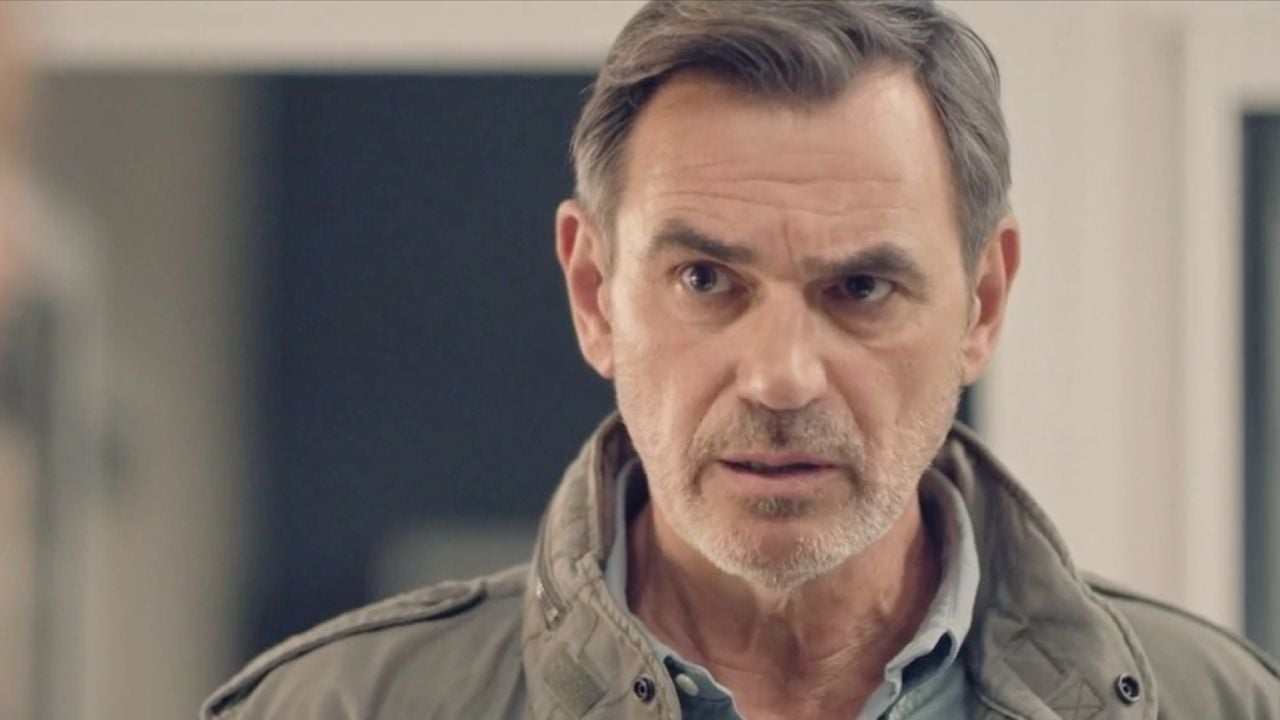Most wound cases are linked to complications of diabetes, vascular insufficiency and poorly managed infections.
In Brazil, thousands of people live with chronic wounds which, if not treated properly, can lead to amputations. And the statistics are harsh! Between January 2012 and May 2023, more than 282 thousand surgeries were performed in the public health network (SUS), according to a survey by the Brazilian Society of Angiology and Vascular Surgery (SBACV), based on data from the Ministry of Health.
Furthermore, in the period from 2012 to 2021, the number of Brazilians who underwent leg or foot amputation reached 245,811, with an alarming average of 66 patients per day, which is equivalent to three procedures per hour.
Wounds that progress to amputations
Most wounds are primarily related to complications of diabetes, vascular insufficiency and poorly managed infections. The impact, however, goes beyond physical health: it involves functional losses, psychological suffering and huge costs for the public and private healthcare system. Given this scenario, technological advances in wound treatment certainly represent a true paradigm shift.
Types of treatments
There are more and more modern options for wound treatment. Bianca Oliveira, doctor specialized in the treatment of chronic wounds and CEO of Cicatriclin, explains those that bring the most positive results:
Negative pressure therapy TPN
Solutions such as negative pressure therapy (NPT), regenerative matrices and hyperbaric oxygen therapy (HBOT) have established themselves, for example, as safe and highly effective alternatives, providing better clinical outcomes and, in many cases, avoiding mutilating interventions.
“Negative pressure therapy is today, in fact, one of the main allies in the management of complex wounds. The technique consists in applying continuous or intermittent sub-atmospheric pressure directly to the wound, through a sealed dressing connected to a vacuum device. This pressure helps to remove exudate (secretion) and reduce local edema. Furthermore, it stimulates the formation of granulation tissue and improves blood perfusion in the affected area”, highlights Bianca.
The professional states that several studies show that TPN significantly speeds up healing times. It is therefore indicated for pressure ulcers, complicated surgical wounds, diabetic ulcers and extensive traumatic lesions. “It also helps reduce the bacterial load in the wound bed, helping to prevent serious infections.”
Regenerative matrix
Another innovative resource, increasingly adopted in specialist protocols, is the regenerative matrix. Developed from biocompatible materials – such as collagen, elastin or acellular tissues of human or animal origin – this matrix acts as a temporary structure. In other words, it promotes tissue regeneration, facilitating the growth of new cells and vessels. “Its use is especially indicated in deep wounds, with significant loss of substance. Also in patients with risk factors that hinder spontaneous healing, such as diabetics, the elderly or people with vascular disorders”, he states.
Hyperbaric oxygen therapy
The technique was created to treat divers suffering from decompression sickness, but has gained traction in wound medicine due to its beneficial effects on ischemic tissues. Performed in pressurized chambers, HBOT allows the patient to inhale 100% oxygen at a pressure higher than atmospheric pressure. In this way the amount of oxygen dissolved in the plasma increases dramatically. “This increase improves the oxygenation of peripheral tissues, stimulates angiogenesis, enhances the local immune response and fights infections”, teaches Bianca. He adds, saying that the advancement of these technologies in Brazil still faces many challenges. Among these, those relating to professional training, the standardization of protocols and access to public and integrative systems.
“However, its potential to transform the reality of chronic patients is undeniable. Reducing avoidable amputations is a matter of public health, but also an ethical commitment of contemporary medicine to preserve quality of life. By investing in innovation, we have the opportunity to give new meaning to wound care, promoting autonomy, functionality and dignity for thousands of Brazilians.”
Source: Terra
Ben Stock is a lifestyle journalist and author at Gossipify. He writes about topics such as health, wellness, travel, food and home decor. He provides practical advice and inspiration to improve well-being, keeps readers up to date with latest lifestyle news and trends, known for his engaging writing style, in-depth analysis and unique perspectives.









